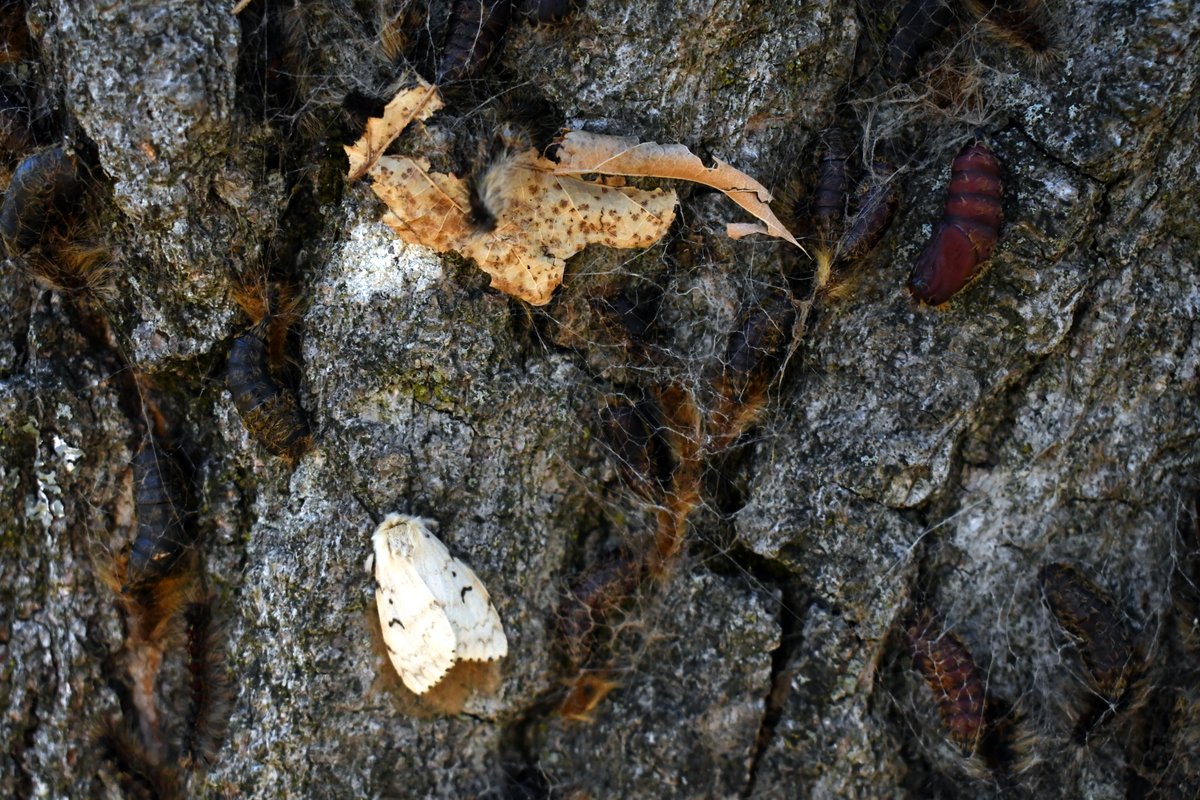Don’t get me wrong, I love scientific names. I’ve written a dictionary translating the scientific names of Vermont’s Vertebrates (and am currently translating the scientific names of the many trees who call our fair state home). Knowing (and casually rattling off) scientific names seems to be a badge of honor for naturalists and an implicit claim to authority. I’m not above it. But as an educator I also realize that scientific names can present a real and unnecessary barrier to connecting to the organisms they describe. And so common names, though often quite imprecise, are fantastic hooks for understanding the world around us. But common names can be problematic and alienating in other ways.
For the past century, the Entomological Society of America has been codifying common names to make them precise in the way scientific names are. One of the challenges of codifying language – scientific or otherwise – is that social mores change and what might be acceptable at one point in time (at least to the predominantly white European biologists of the 20th century) we might later see more clearly how it was rooted in outdated racist, classist, and sexist ideas. The Better Common Names Project seeks to shed light on harmful, derogatory, and inappropriate names of insects that “perpetuate harm against people of various ethnicities and races, create an entomological and cultural environment that is unwelcoming and non-inclusive, disrupt communication and outreach, and counteract the very purpose of common names.” It’s a small but important step for the scientific community.
While I’m most certainly heartened by the Better Common Names Project to excise the offensive name for the moth, Lymantria dispar, it does leave us in a bit of a pickle as to what to call it. Sure we have the scientific name, but Lymantria dispar isn’t quite as euphonic or memorable. Maybe the two-faced destroyer (lymantria means destroyer and dispar, as in disparate, refers to the drastic difference between adult males and females). Fortunately, the Entomological Society of America has volunteer task force dedicated to renaming problematic species like this one. While you might not have the time to serve on the task force, you can submit your suggestion below for a chance to win naming rights (at least for this newsletter of the moth currently known as Lymantria dispar! Winner gets a sticker. Enter by Friday, July 23 to be eligible.





